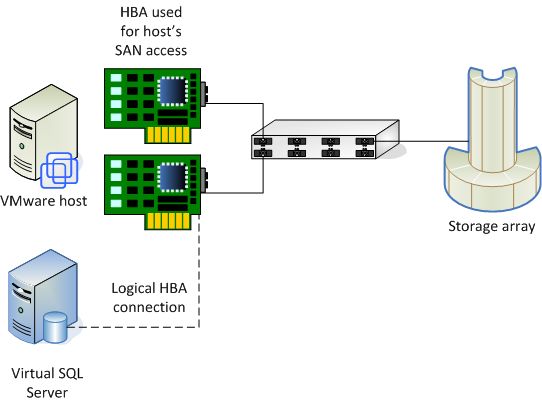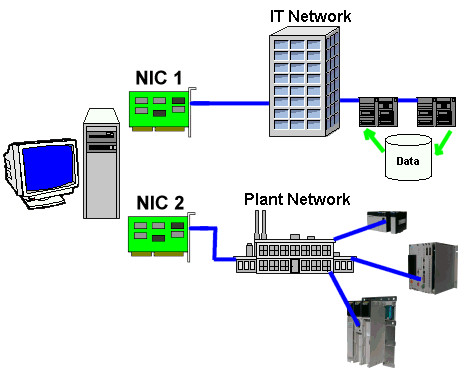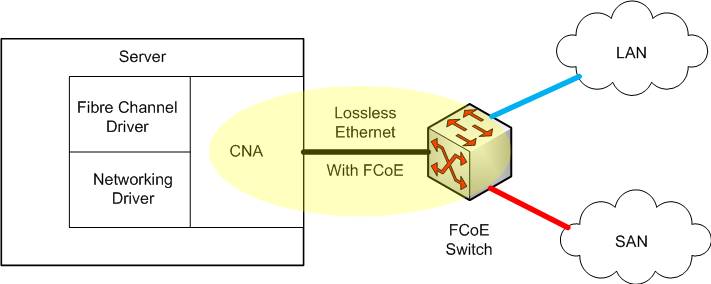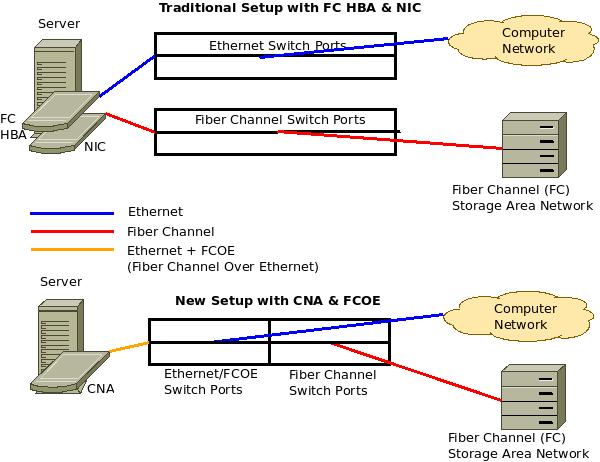PCI Vs PCI Express are two different versions of internal bus standards for connecting or injecting peripheral devices into equipment like computers, network servers. But do you know about their relations? And could you tell the differences in PCI Vs PCI Express? To figure out these questions, an exploration for PCI and PCI Express will be introduced in this post.
What Does PCI Vs PCI Express Stands for?
PCI, also called peripheral component interconnect, is a connection interface standard developed by Intel in 1990. Originally, it was only used in servers. Later on from 1995 to 2005, the PCI was widely implemented in computer and other network equipment like network switch. Most commonly, PCI is used as the PCI-based expansion card to insert into the PCI slot in a motherboard of a host or server. In the expansion card market, the popular PCI expansion cards are NIC card or network interface card, graphics card, and sound card.
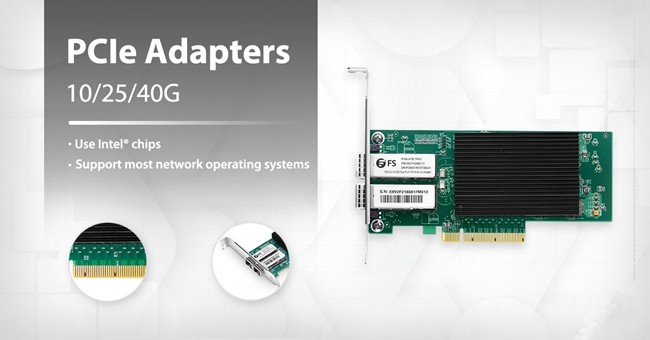
Figure 1: PCI Express Network Card
PCI Express, also abbreviated as PCIe, refers to the peripheral component interconnect express. As the successor of PCI, PCI Express is also a type of connection standard carried out by Intel in 2001, which provides more bandwidth and is more compatible with existing operating systems than PCI. Similar like PCI, PCIe also can be used as expansion cards like PCIe Ethernet card to insert into PCI Express slot.
Comparison of PCI Vs PCI Express
As the replacement of PCI, PCI Express differs with it in several aspects, such as working topology and bandwidth. In this part, a brief comparison of PCI Vs PCI Express will be made.
PCI Vs PCI Express in Working Topology: PCI is a parallel connection, and devices connected to the PCI bus appear to be a bus master to connect directly to its own bus. While PCIe card is a high-speed serial connection. Instead of one bus that handles data from multiple sources, PCIe has a switch that controls several point-to-point serial connections.
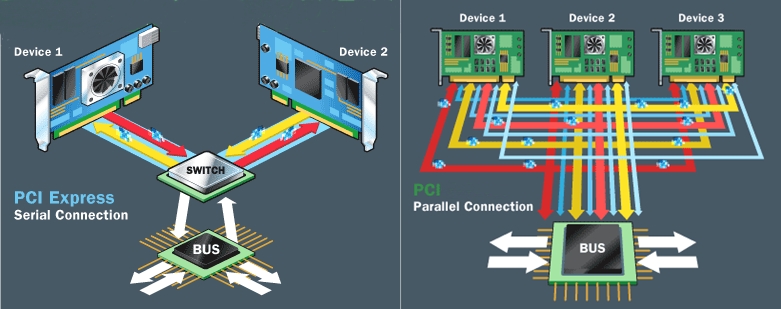
Figure 2: PCI Vs PCI Express
PCI Vs PCI Express in Bandwidth: Generally, the fixed widths for PCI are 32-bit and 64-bit versions, running at 33 MHz or 66 MHz. 32 bits with 33 MHz, the potential bandwidth is 133 MB/s, 266 MB/s for 66 MHz, and 532 MB/s for 64 bits with 66 MHz. As for PCIe card, the bandwidth varies from 250 MB/s to several GB/s per lane, depending on its card size and version. For more detail, you can refer to the post: PCIe Card Tutorial: What Is PCIe Card and How to Choose It?
PCI Vs PCI Express in Others: With PCI Express, a maximum of 32 end-point devices can be connected. And they support hot plugging. While hot-plugging function is not available for PCI, it can only support a maximum of 5 devices.
FAQs About PCI Vs PCI Express
1. Is the speed for PCI slower than PCI Express?
Sure, the speed for PCIe is faster than PCI. Take the PCIe x1 as an example, it is at least 118% faster than PCI. It’s more obvious when you compare the PCIe-based video card with a PCI video card, the PCIe video card x16 type is almost 29 times faster than PCI video card.
2. Can PCI cards work in PCIe slots?
The answer is no. PCIe and PCI are not compatible with each other due to their different configurations. In most cases, there are both PCI and PCIe slots on the motherboard, so please fit the card into its matching slot and do not misuse the two types.
3. What is a PCIe slot?
PCIe slot refers to the physical size of PCI Express. By and large, there are four slot types: x16, x8, x4, and x1. The more the slot number, the longer the PCIe will be. For example, PCIe x1 is 25 mm in length, while PCIe x16 is 89 mm.
Summary
In this post, we make a comparison in PCI Vs PCI Express from their origin, working mode to their bandwidth, etc. In the final part, there are several frequently asked questions listed for your information. Hope this post will give you some inspiration in telling PCI Vs PCI Express.

